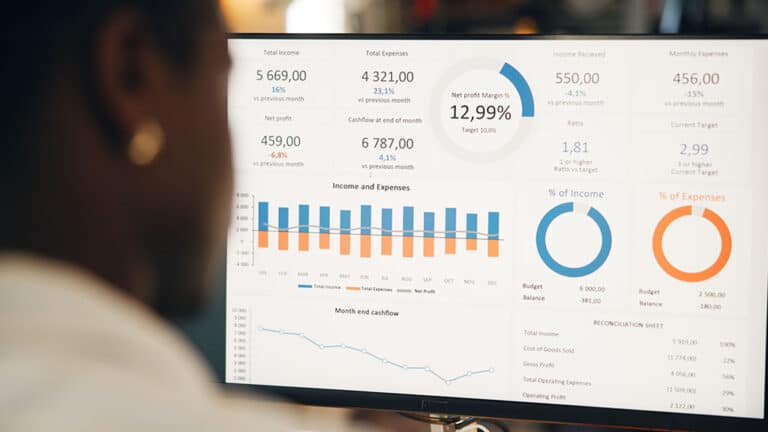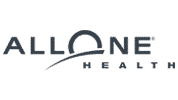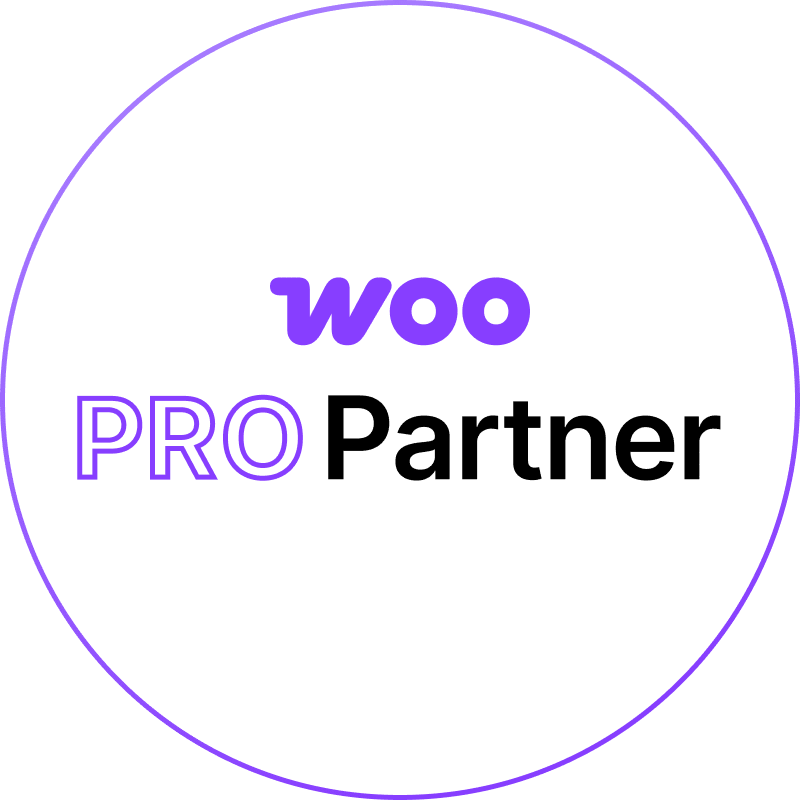How to Track and Measure PPC Success for Small Businesses
For small businesses, PPC (Pay-Per-Click) advertising is one of the most effective ways to drive targeted traffic, generate leads, and increase sales. However, simply running ads isn’t enough to ensure success. To get the most out of your PPC campaigns, you need to be able to track and measure your results effectively. Without the right metrics and data in place, it’s difficult to know if your ads are performing well or if your budget is being spent efficiently.
Tracking and measuring PPC success is crucial for optimizing your campaigns, improving ROI, and ensuring that your advertising dollars are working as hard as possible. Whether you’re using Google Ads, Bing Ads, or any other platform, understanding how to track key metrics and adjust your strategies accordingly can be the difference between success and wasted spend. In this article, we’ll explore the essential steps small businesses should take to track and measure PPC success effectively. From setting clear goals to using the right tools, we’ll provide a comprehensive guide to help you make the most out of your PPC campaigns.
For small businesses looking to manage their campaigns effectively, utilizing PPC management services can provide the expertise needed to ensure tracking and optimization efforts are comprehensive and aligned with business goals.
Setting Clear Goals and Objectives
Before you start running PPC ads, it’s essential to establish clear goals for your campaigns. Without a defined purpose, it becomes impossible to track success accurately. Are you looking to increase sales, generate leads, or simply drive more traffic to your website? Each goal requires a different approach and set of metrics. For example, if your goal is lead generation, you’ll want to focus on conversion-related metrics such as form submissions or phone calls. Alternatively, if you’re looking to drive sales, you may want to track revenue or return on ad spend (ROAS).
Setting clear, measurable goals also allows you to determine which KPIs (key performance indicators) are most important to track. When you have specific goals in place, you can evaluate your PPC campaigns more effectively, understand where to allocate your budget, and identify areas that need improvement. For instance, if your goal is to increase online sales, then measuring metrics like conversion rate, cost per acquisition (CPA), and ROAS will give you insights into how well your campaigns are driving revenue.
Small businesses should aim for goals that are SMART (Specific, Measurable, Achievable, Relevant, and Time-bound) to ensure their campaigns are focused and deliver tangible results. This means setting realistic goals such as “increase sales by 15% over the next quarter” or “generate 100 qualified leads within the next month.” These goals provide a clear framework for measuring success and help you make data-driven decisions to optimize your campaigns.
Conversion Tracking: Measuring What Matters Most
When it comes to tracking PPC success, conversion tracking is one of the most critical aspects. It allows you to measure the effectiveness of your ads by tracking the actions that matter most to your business, such as purchases, sign-ups, or contact form submissions. Setting up conversion tracking is essential for understanding whether your ads are driving valuable actions on your website and how much each conversion costs.
To set up conversion tracking in Google Ads or any other PPC platform, you’ll need to add a small tracking code (also known as a pixel or tag) to your website or landing pages. This code tracks user actions after they click on your ad, recording valuable data such as the number of conversions and the value of each conversion. You can then assess whether your PPC ads are achieving your goals, whether those goals are sales, leads, or other key actions.
Different businesses will have different conversion goals. E-commerce stores may focus on tracking product purchases, while service-based businesses may prioritize tracking form submissions or phone calls. It’s important to identify which actions are most valuable to your business and set up conversion tracking accordingly. By tracking conversions, you can measure the true ROI of your PPC campaigns, rather than just focusing on superficial metrics like clicks and impressions. This allows you to make more informed decisions about where to invest your ad spend and how to optimize your campaigns for better performance.
Moreover, understanding which conversions are driving the best results helps you fine-tune your targeting, ad copy, and landing pages to improve conversion rates. For instance, if you notice that a certain product or service page is generating more conversions, you can allocate more of your budget to that specific ad group or keyword, ensuring that your efforts are focused on what’s working best for your business.
Understanding Key PPC Metrics
To effectively track and measure the success of your PPC campaigns, it’s essential to understand the key metrics that matter most. These metrics help you assess how well your campaigns are performing and where you can make improvements. Here are some of the most important metrics to monitor:
Click-Through Rate (CTR): CTR measures how often people click on your ad after seeing it. It’s calculated by dividing the number of clicks by the number of impressions and multiplying by 100. A high CTR means your ads are relevant and engaging, and that you’re reaching the right audience with your messaging. Conversely, a low CTR could indicate that your ad copy or targeting needs improvement.
Cost Per Click (CPC): CPC refers to the amount you pay each time someone clicks on your ad. It’s a key metric to watch, as it helps you control your budget and manage the cost of driving traffic to your site. While it’s important to monitor CPC, keep in mind that a lower CPC doesn’t necessarily mean a more successful campaign—it’s about balancing cost with conversions and ROI.
Cost Per Acquisition (CPA): CPA is the amount you pay for each conversion (e.g., sale, lead, or sign-up). It’s calculated by dividing the total cost of your campaign by the number of conversions. Monitoring CPA is critical for understanding whether your PPC campaigns are generating conversions at a sustainable cost. If your CPA is too high, it may indicate that you’re spending too much on clicks or that your landing pages aren’t converting as well as they should.
Return on Ad Spend (ROAS): ROAS is one of the most important metrics for e-commerce businesses, as it tells you how much revenue you’re earning for every dollar spent on PPC ads. A high ROAS means you’re getting good value from your ad spend. To calculate ROAS, simply divide your revenue by the total ad spend. For example, if you spend $100 on ads and earn $500 in sales, your ROAS is 5:1, meaning you earned $5 for every $1 spent.
These metrics, when tracked correctly, provide deep insights into the health of your PPC campaigns. By focusing on these key performance indicators (KPIs), you can quickly determine where improvements are needed, optimize your ads, and ultimately drive more valuable conversions for your small business.
Utilizing Google Analytics for Deeper Insights
Google Analytics is a powerful tool that complements your PPC data by providing deeper insights into user behavior on your website. By integrating Google Ads with Google Analytics, small businesses can track not only ad performance but also how visitors interact with their site after clicking on an ad. This integration allows you to understand the full customer journey, from the first click on your ad to the final conversion.
Some important metrics to track in Google Analytics include:
Bounce Rate: Bounce rate refers to the percentage of visitors who leave your website after viewing only one page. A high bounce rate may indicate that visitors aren’t finding what they expected when they clicked on your ad, or that your landing pages aren’t engaging enough. By monitoring bounce rate and adjusting your landing page content, you can improve user experience and conversion rates.
Average Session Duration and Pages Per Session: These metrics help you assess how engaged visitors are once they land on your site. If users are spending more time on your site and browsing multiple pages, it’s a sign that your ads and landing pages are relevant and compelling. Low session duration or pages per session could indicate that your landing pages are not effective or that the traffic generated by your PPC ads is not well-targeted.
Goal Completions and Conversion Rate: Setting up conversion goals in Google Analytics allows you to track specific actions on your website, such as form submissions, purchases, or newsletter sign-ups. By linking these goals to your PPC campaigns, you can see how effectively your ads are driving valuable actions and which parts of your website are converting best. Monitoring the conversion rate helps you understand how well your PPC traffic is performing beyond just clicks.
Using Google Analytics data in conjunction with your PPC data gives you a more comprehensive view of your campaign performance. It allows you to identify gaps, uncover areas for improvement, and optimize your website for better conversions, ultimately improving your ROI.
Setting Up UTM Parameters for Better Tracking
UTM (Urchin Tracking Module) parameters are tags that can be added to the end of your URLs to track the effectiveness of your PPC campaigns across different platforms and traffic sources. These parameters help you understand exactly where your website traffic is coming from and how users are engaging with your content. By using UTM parameters, small businesses can get more granular insights into their campaigns, enabling them to make data-driven decisions.
To use UTM parameters, you add a string of text to the URL that identifies specific campaign details. A typical UTM link includes parameters like:
utm_source: Identifies the source of the traffic, such as “google” or “facebook.”
utm_medium: Describes the marketing medium, such as “cpc” for paid search or “social” for social media.
utm_campaign: Refers to the specific campaign, such as “summer_sale” or “new_product_launch.”
utm_term (optional): Tracks specific keywords that triggered the ad.
utm_content (optional): Used to differentiate between multiple ads or variations in the same campaign.
For example, a URL with UTM parameters might look like this:
https://www.example.com?utm_source=google&utm_medium=cpc&utm_campaign=spring_sale&utm_term=digital_camera&utm_content=ad1
By using UTM parameters, you can track how your PPC campaigns are performing across different sources and mediums within Google Analytics. This provides a deeper understanding of which campaigns, keywords, and ad variations are generating the most valuable traffic and conversions. As a result, you can allocate more of your budget to the best-performing campaigns and refine the ones that are underperforming.
In addition to Google Ads, UTM parameters are useful for tracking campaigns across other digital channels, including email, social media, and display ads. With this information at your fingertips, small businesses can gain a holistic view of their marketing efforts and optimize their PPC campaigns for maximum success.
Monitoring Campaign Performance with A/B Testing
A/B testing is an essential practice for continuously optimizing PPC campaigns. By comparing two versions of an ad, landing page, or targeting strategy, small businesses can determine which version performs better and generate more conversions. A/B testing allows you to make data-driven decisions and fine-tune your PPC campaigns for better results over time.
Start by testing different elements of your ads, such as the ad copy, images, or calls-to-action (CTAs). For instance, you can create two versions of an ad with different headlines to see which one attracts more clicks. Alternatively, you could experiment with different CTAs, such as “Get Your Free Quote Today” versus “Start Your Journey Now,” to find which one resonates more with your audience. The goal is to identify the elements that lead to higher engagement and conversions, so you can apply those insights to future ads.
A/B testing is also crucial for optimizing landing pages. You can test different layouts, headlines, images, and copy to determine what keeps visitors on the page and encourages them to convert. For example, you could test a product landing page with a long description versus a more concise one, or try different images of the product. By testing these elements, you can create landing pages that are more engaging and effective in converting PPC traffic.
Running regular A/B tests is essential for continuous improvement. Even small changes can have a big impact on campaign performance, and testing allows you to ensure that your PPC ads and landing pages are as effective as possible. By regularly testing and optimizing, you’ll improve your ROI and drive better results from your PPC campaigns.
Evaluating Quality Score and Ad Relevance
One of the most important factors in the success of your PPC campaigns is your ad relevance and the Quality Score. In Google Ads, the Quality Score is a metric that reflects how relevant and effective your ads, keywords, and landing pages are in relation to the search terms you’re targeting. Google uses the Quality Score to determine your ad ranking and cost-per-click (CPC). The higher your Quality Score, the less you’ll pay for each click, and the better your ads will perform.
The Quality Score is calculated based on three key factors: expected click-through rate (CTR), ad relevance, and landing page experience. Ensuring that your ads are highly relevant to the keywords you’re bidding on is crucial. If your ad copy doesn’t match the searcher’s intent or doesn’t clearly communicate your value proposition, your Quality Score will likely suffer.
One way to improve your ad relevance is to ensure that your ad copy directly reflects the search terms you’re targeting. For example, if you’re bidding on the keyword “affordable web design services,” your ad should highlight your affordable services, rather than a generic offer. This alignment between your keywords, ad copy, and landing page content enhances the user experience and makes your ad more relevant, which improves your Quality Score.
Another way to improve your Quality Score is by optimizing your landing pages. Ensure that your landing pages are relevant to the ad, load quickly, and provide a seamless user experience. A slow-loading or poorly designed landing page can lead to a high bounce rate, which will negatively impact your Quality Score. By making sure that your landing page matches the user’s intent and provides valuable content, you can improve your Quality Score and lower your CPC, ultimately improving the overall performance of your PPC campaigns.
Adjusting Bids and Budgets Based on Performance
Tracking PPC performance isn’t just about measuring metrics—it’s also about taking action. One of the most effective ways to optimize your campaigns is by adjusting your bids and budgets based on performance data. Understanding which keywords, ads, and locations are driving the best results allows you to allocate your budget more efficiently, ensuring that you’re investing your advertising dollars in areas that will generate the best return.
Start by analyzing your campaign’s performance to identify which keywords or ad groups are generating the most conversions. If a particular keyword is performing well and has a low CPC, consider increasing your bid to get more visibility and attract more clicks. Conversely, if a keyword is underperforming and driving up costs without generating conversions, you can lower your bid or pause the campaign altogether.
Geotargeting is another area where you can make adjustments to improve your PPC campaigns. If your ads are performing well in specific regions or cities, you can increase your bids in those areas to capture more traffic from high-converting locations. On the other hand, if a location is underperforming, you can decrease your bid or exclude that location to avoid wasting ad spend.
Additionally, adjusting your bids based on the time of day or day of the week can help improve campaign performance. If you notice that your ads are performing better at certain times (e.g., during business hours or on weekends), you can set your campaign to increase bids during those high-performing times to maximize results.
Budget adjustments are also crucial for optimizing your campaigns. If you see that a particular campaign or ad group is generating strong results, consider increasing the budget to capture more of the available traffic. On the other hand, if a campaign isn’t performing as expected, reducing the budget or reallocating it to better-performing campaigns can help you avoid unnecessary spend.
Reporting and Regularly Reviewing Campaign Data
To track and measure the success of your PPC campaigns effectively, regular reporting and reviews are essential. Google Ads and other PPC platforms provide detailed performance reports that allow you to monitor key metrics and track the success of your campaigns. By regularly reviewing these reports, you can identify trends, spot underperforming areas, and make adjustments to improve results.
Google Ads provides automated reports that you can schedule to track metrics such as impressions, clicks, conversions, and costs. By setting up regular reporting, you can stay on top of your campaigns without having to manually check performance every day. Regular reports also allow you to compare your current performance with past campaigns and track your progress over time.
In addition to performance reports, you should also review the overall strategy of your campaigns. Are your ads targeting the right keywords? Is your ad copy resonating with your audience? Are your landing pages optimized for conversions? Regularly reviewing these elements helps ensure that your campaigns are aligned with your business objectives and that your ad spend is being used effectively.
By regularly reviewing your campaign data and adjusting your strategy based on the insights you gather, you can continuously improve your PPC performance and achieve better results. With ongoing monitoring and optimization, you’ll maximize the ROI of your PPC campaigns and drive long-term success for your small business.Ready to take your PPC campaigns to the next level? Contact Zen Agency today to discover how our expert PPC management services can help you drive targeted traffic, increase conversions, and maximize your ROI. Let’s turn your digital ads into measurable success!

















